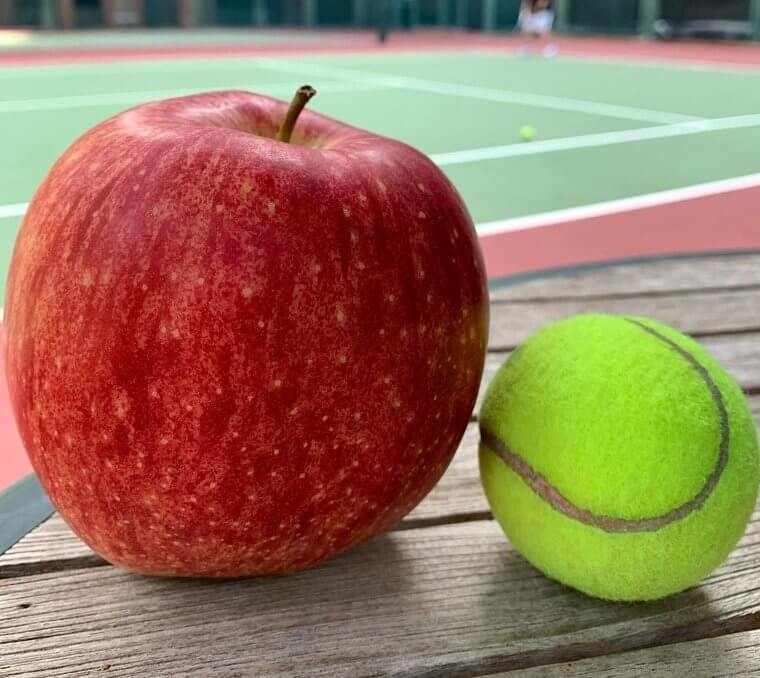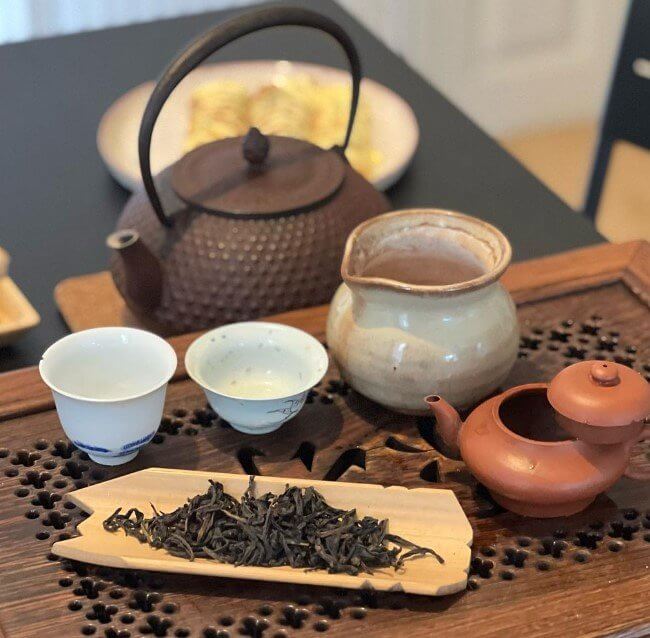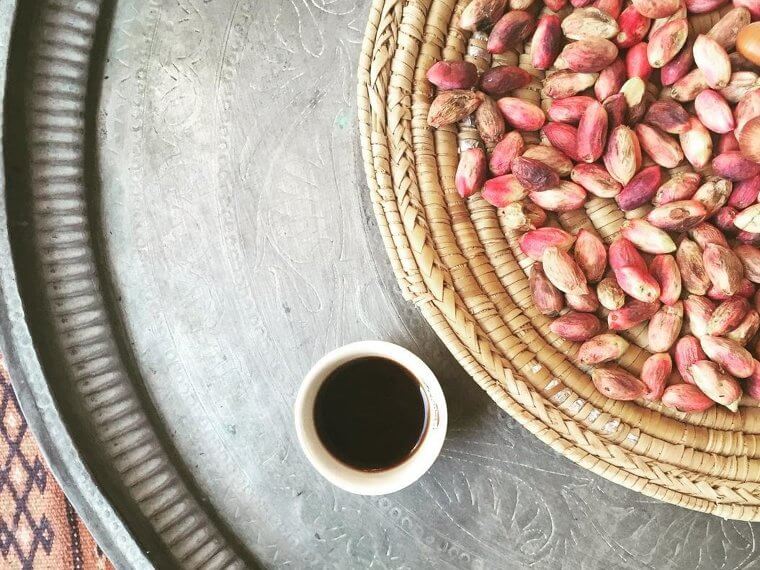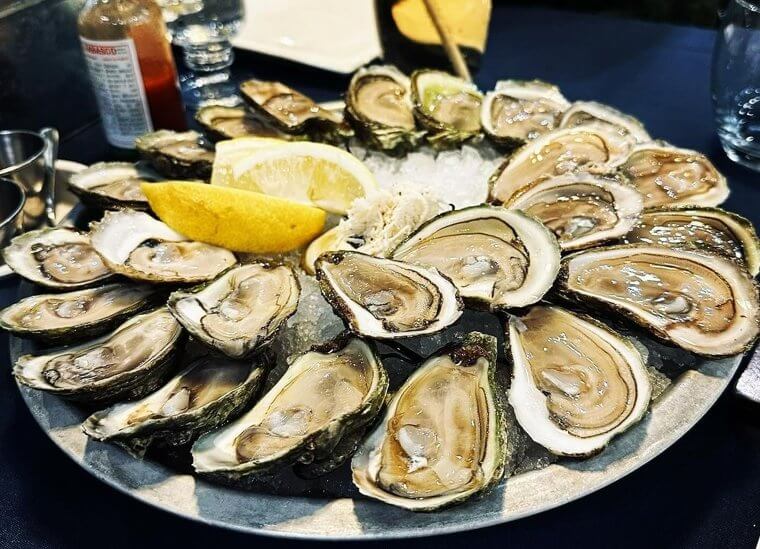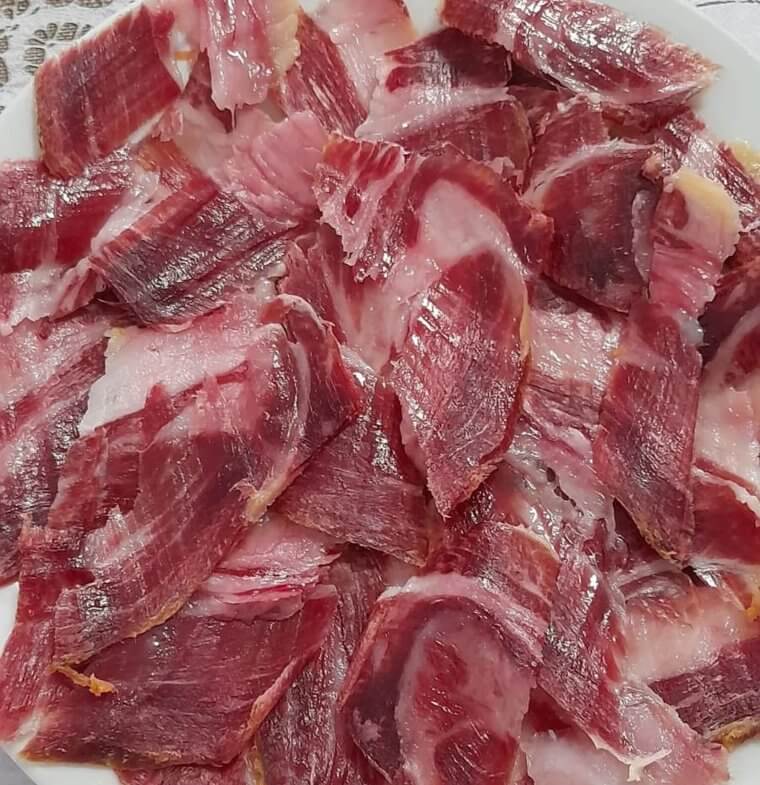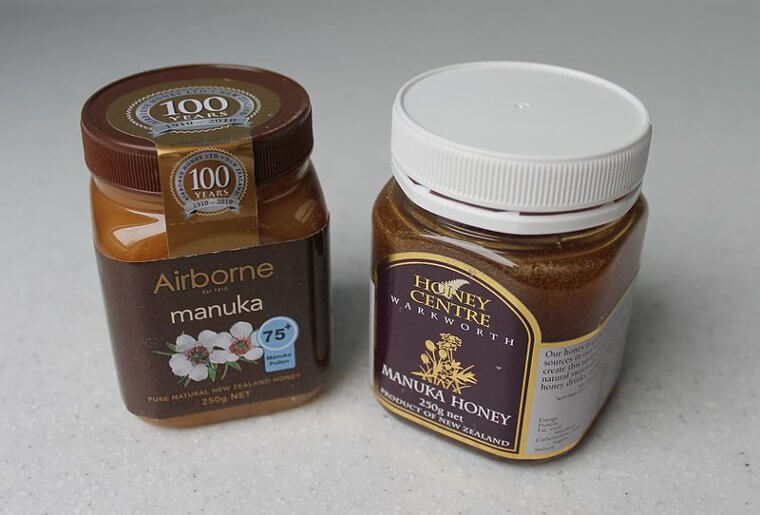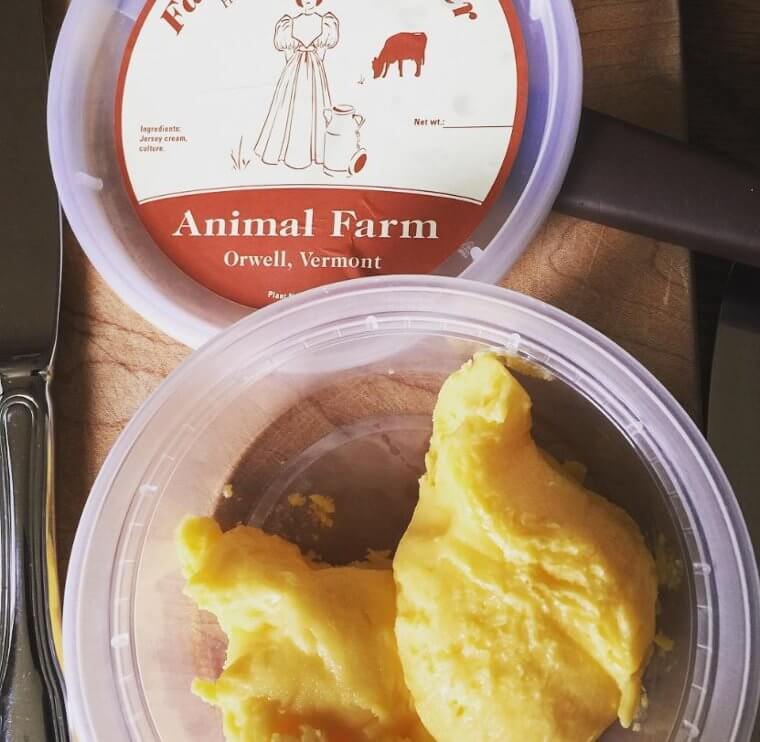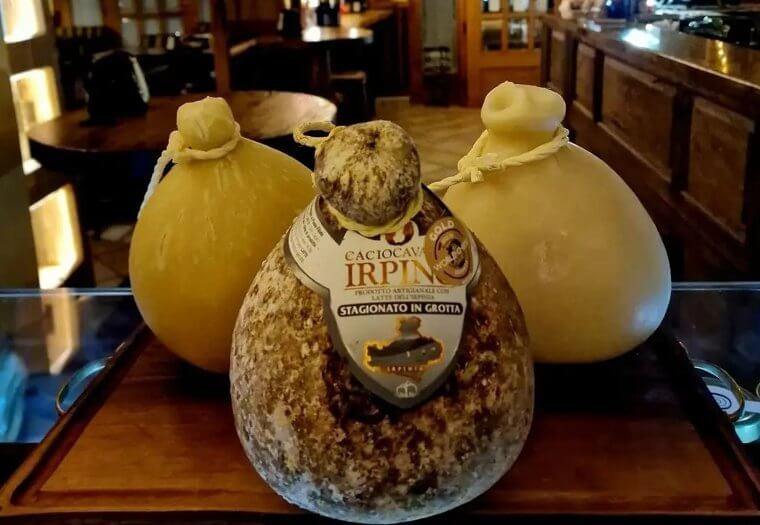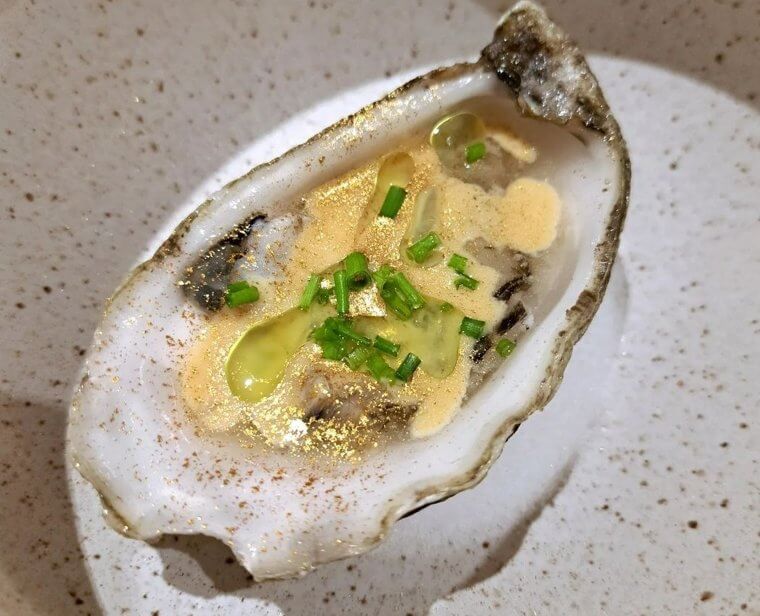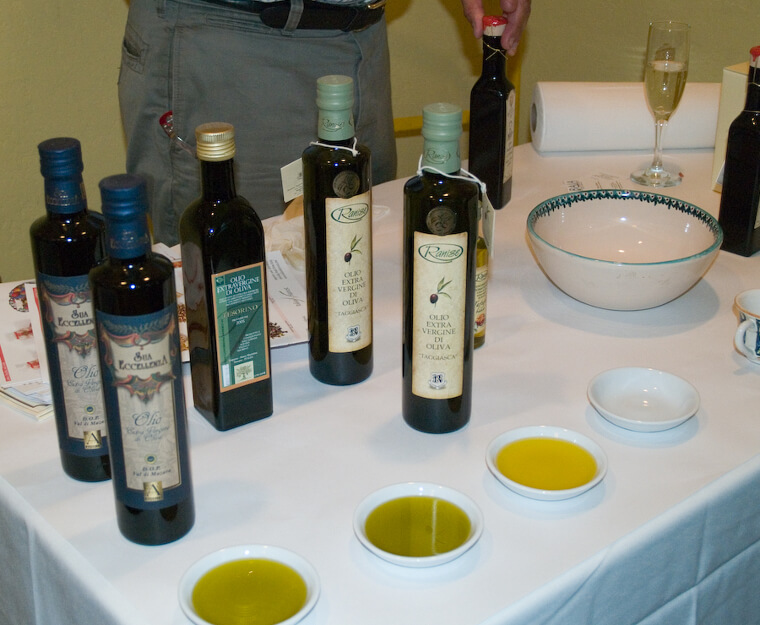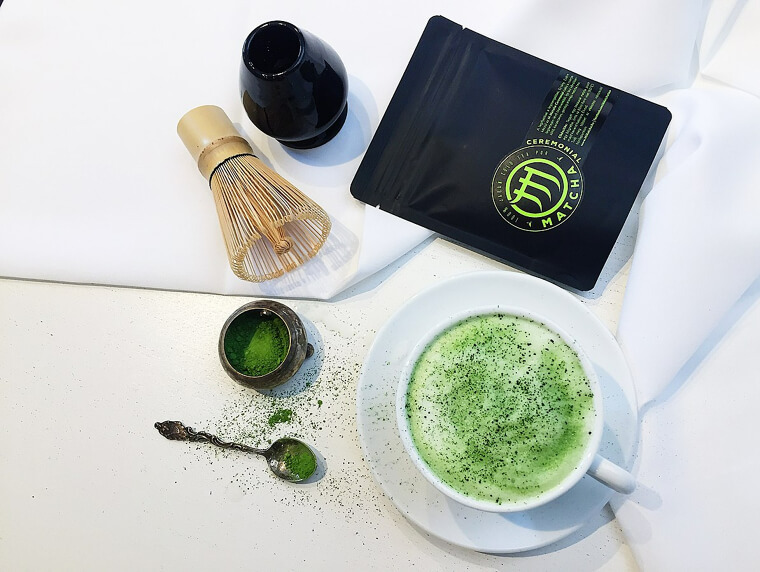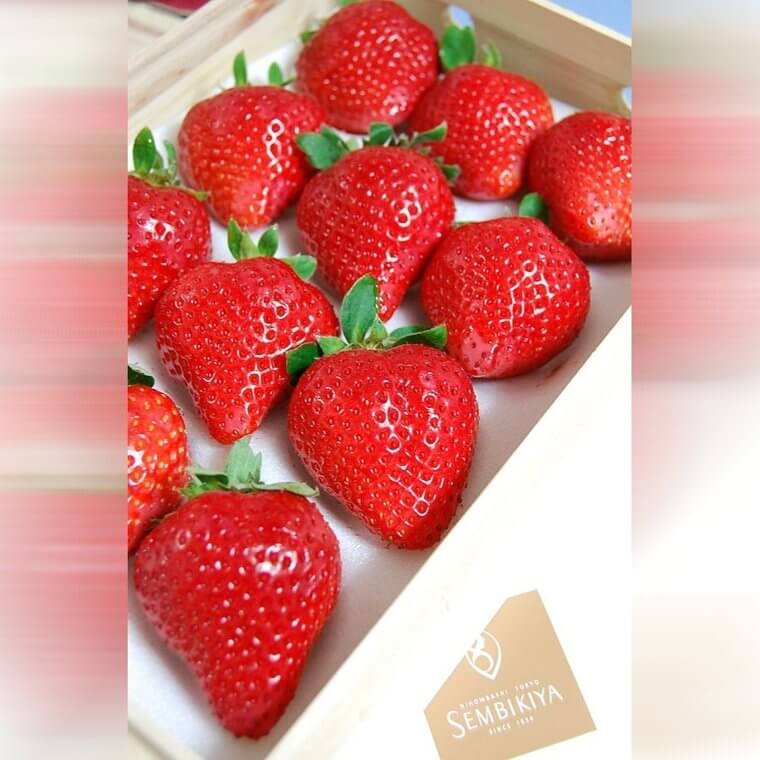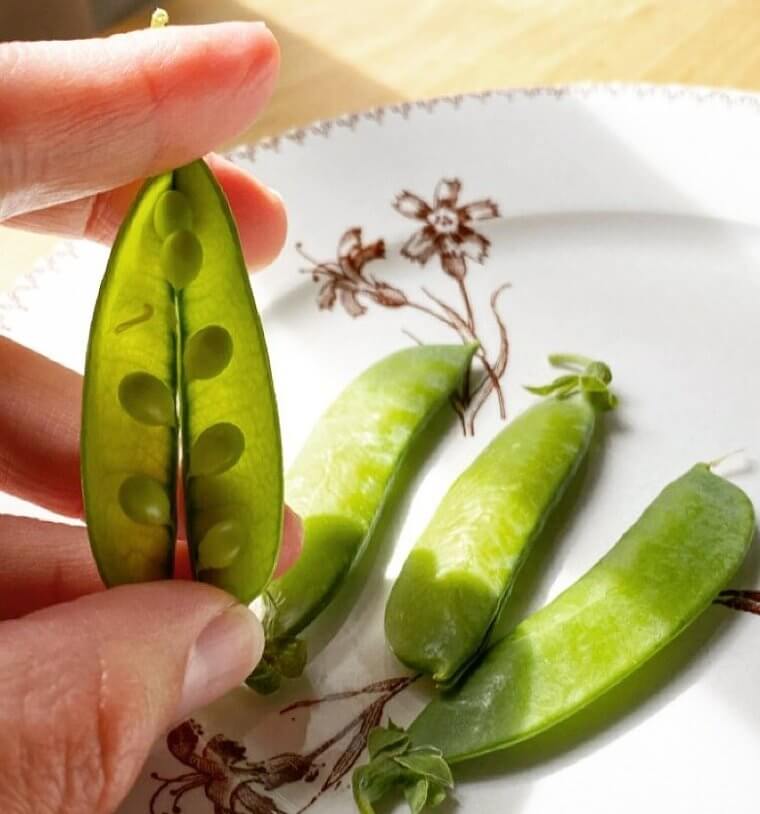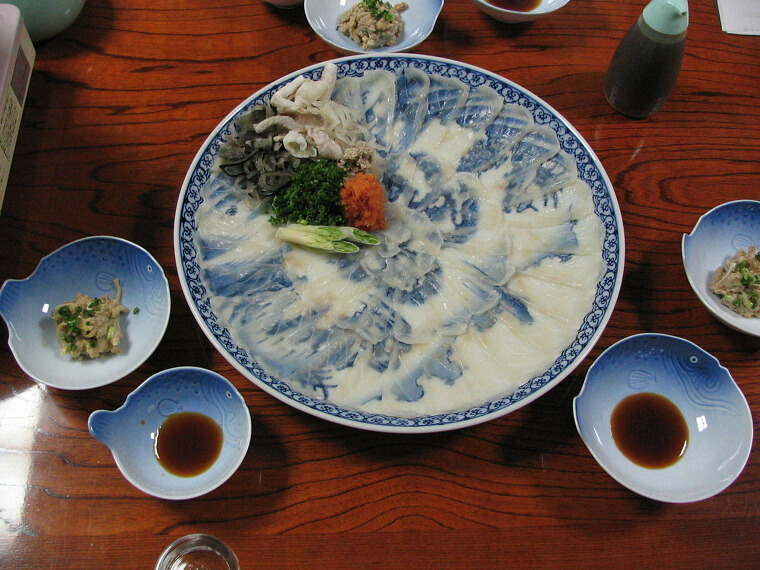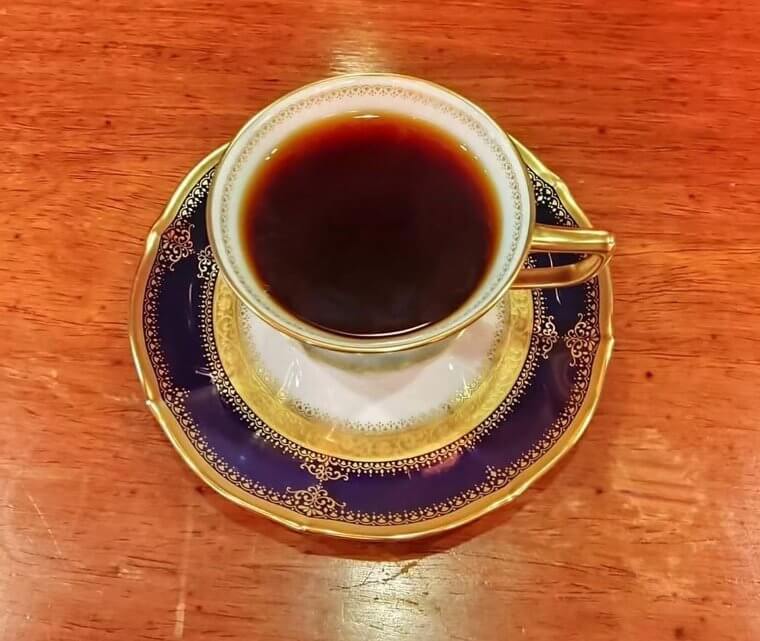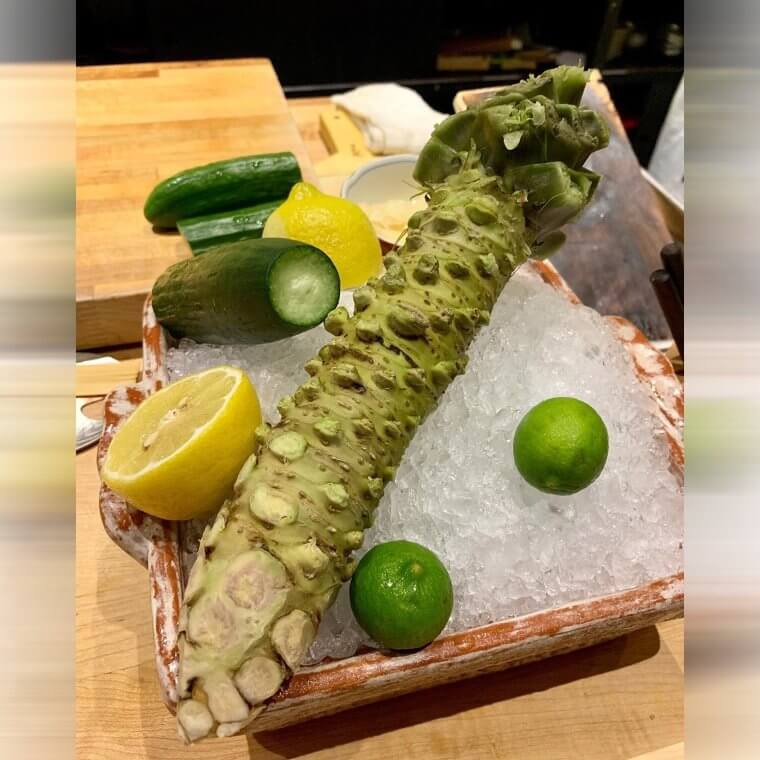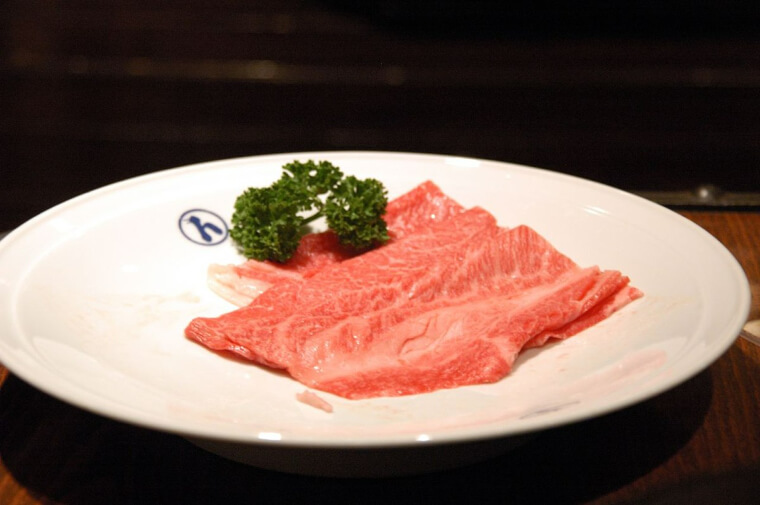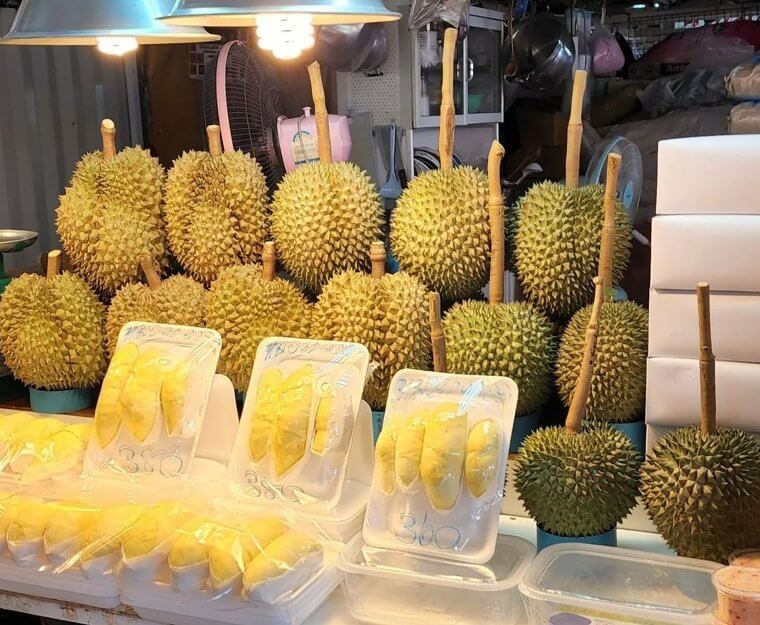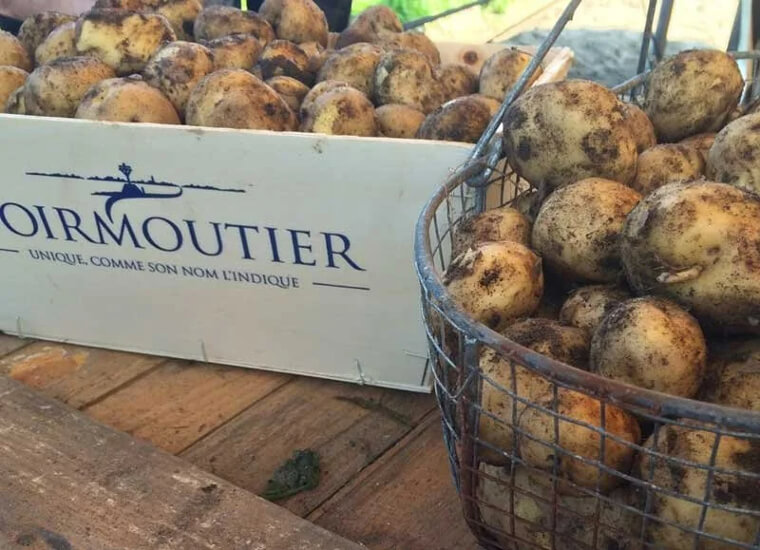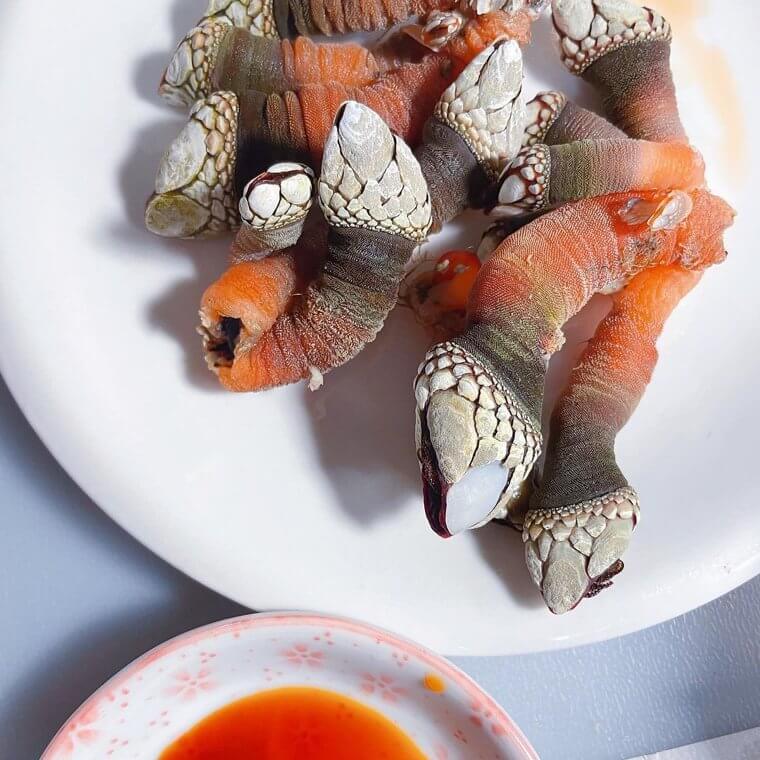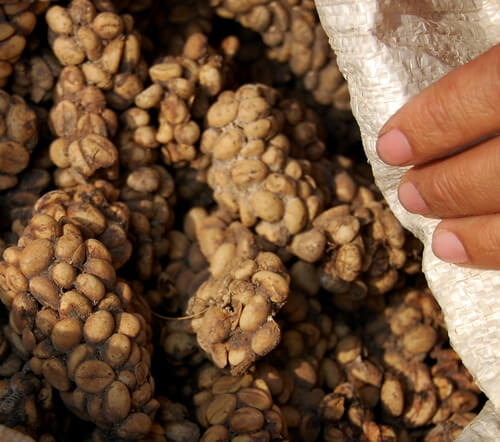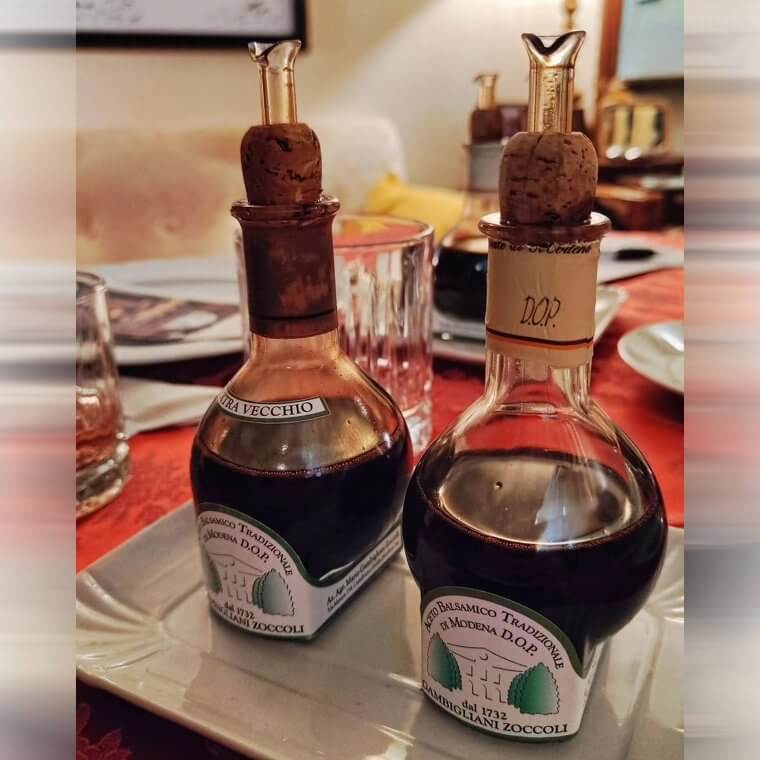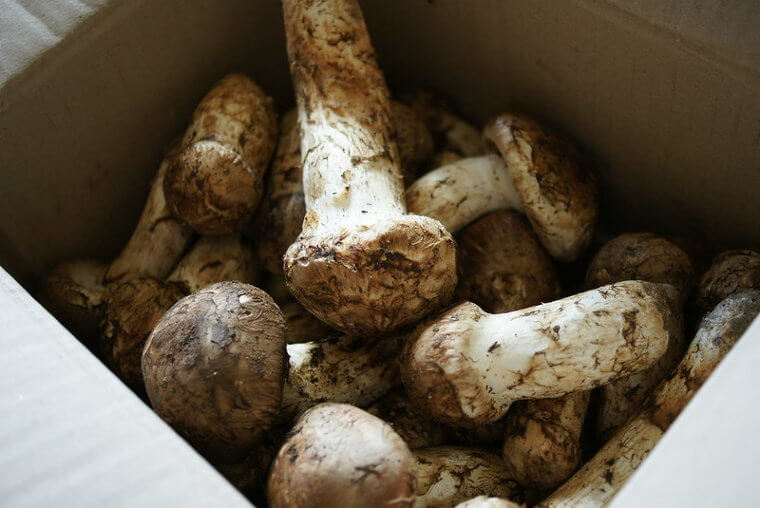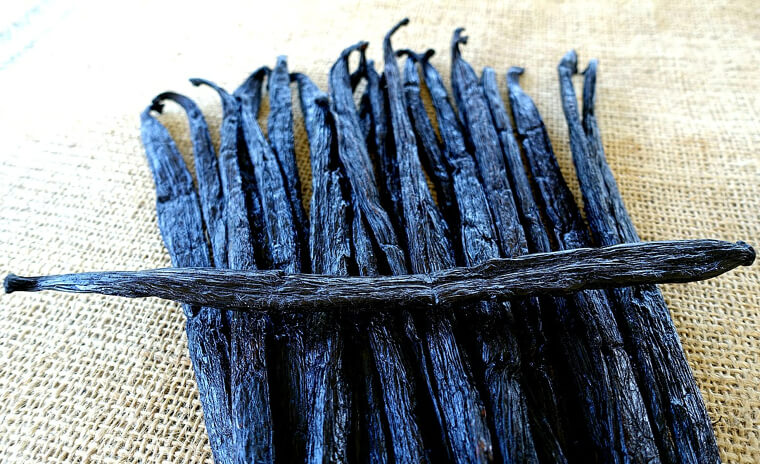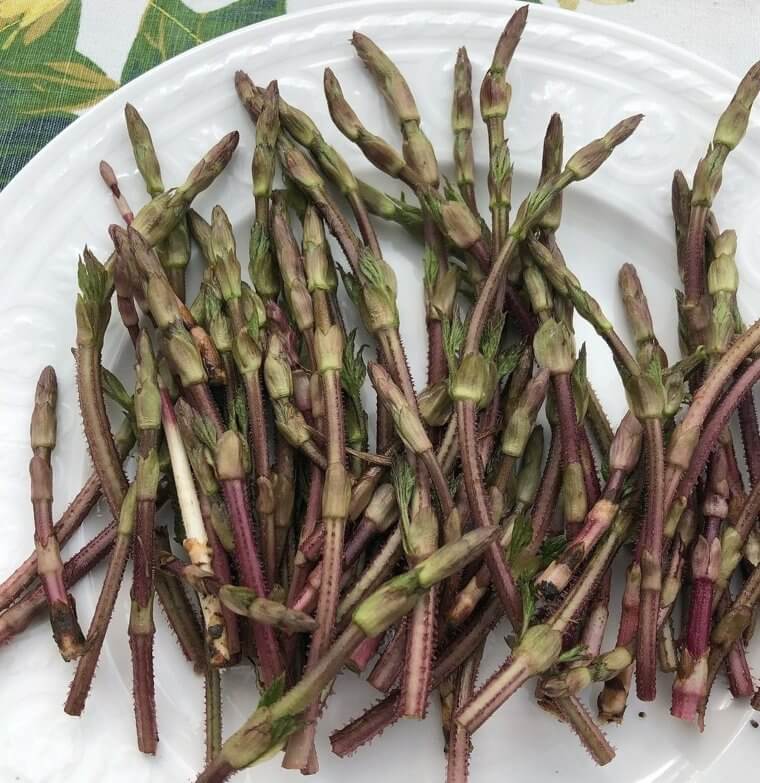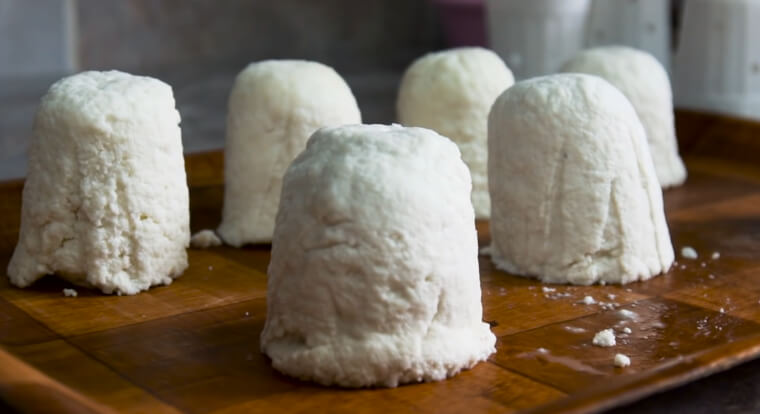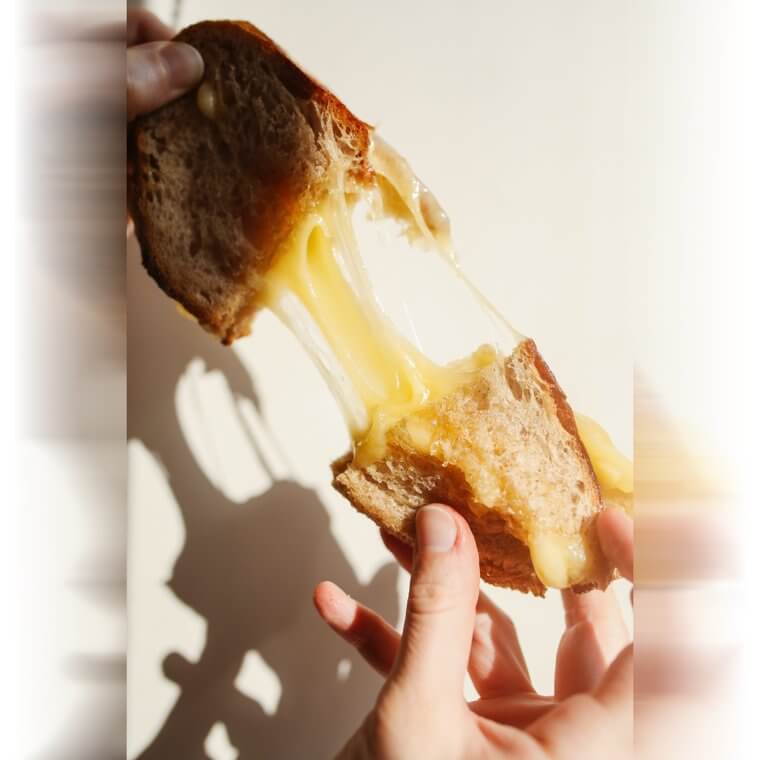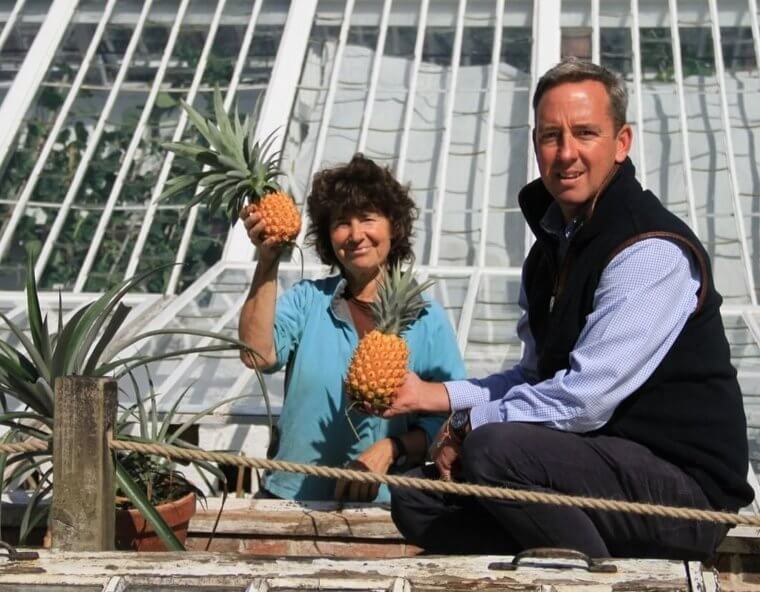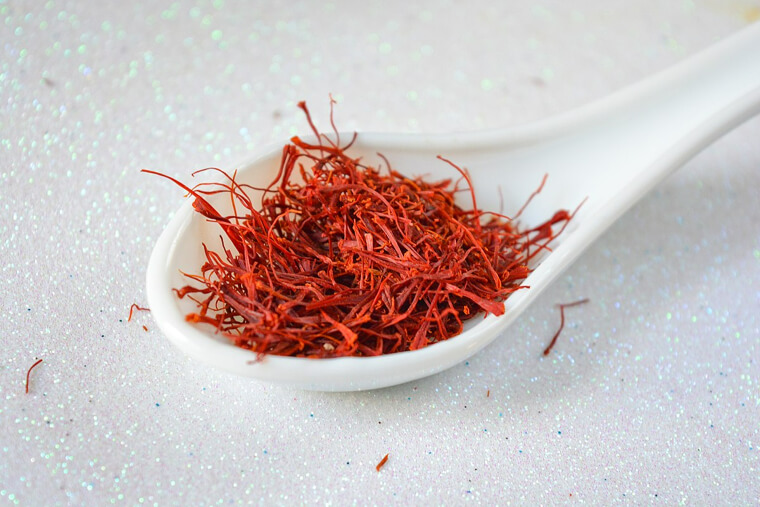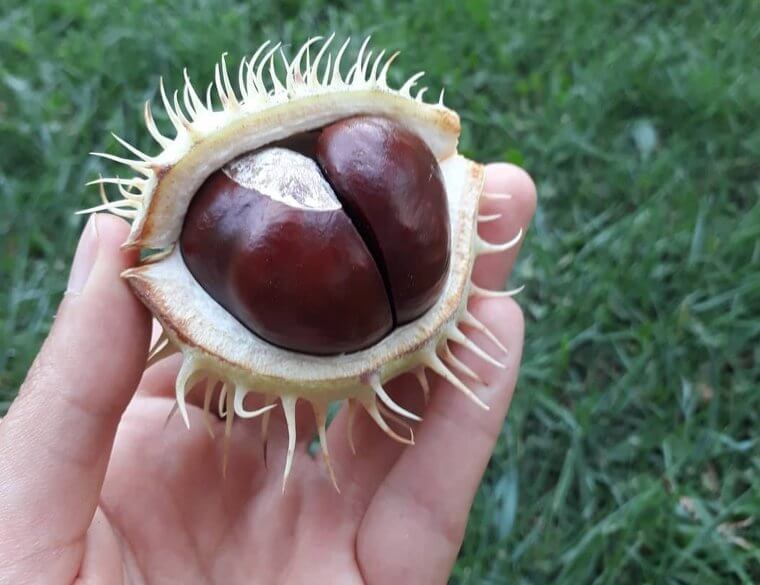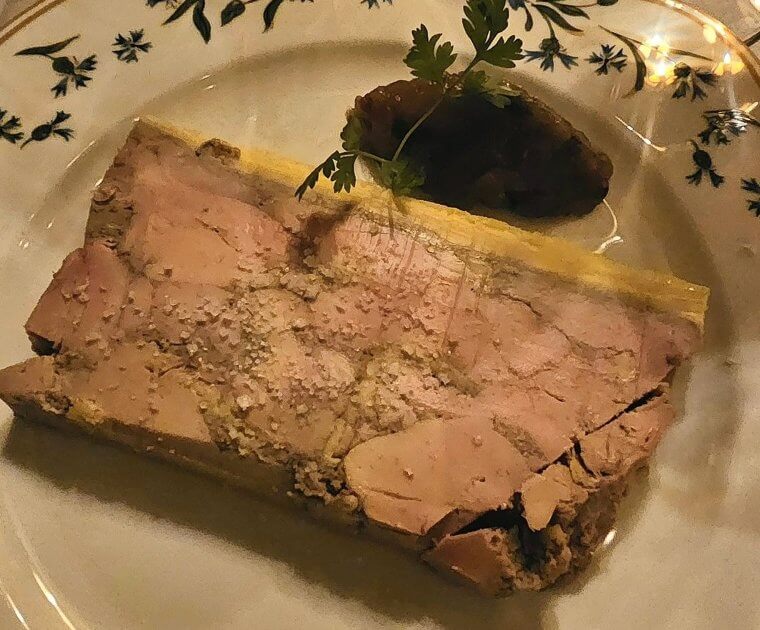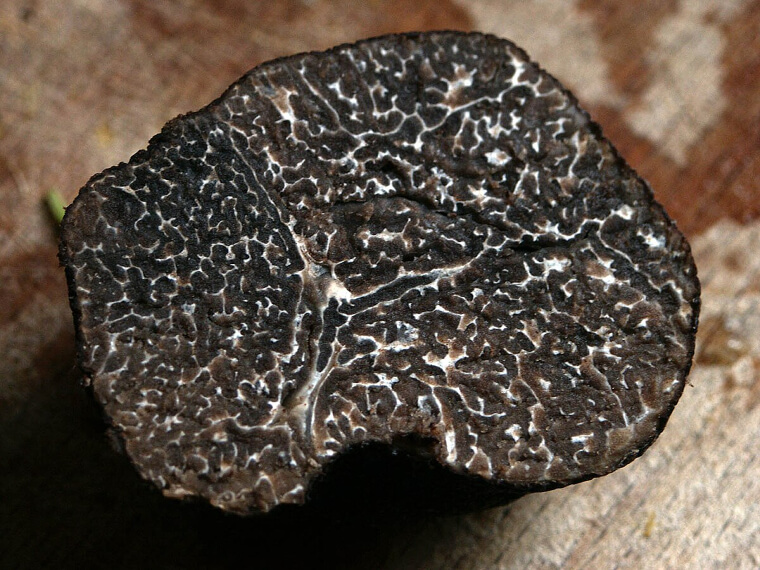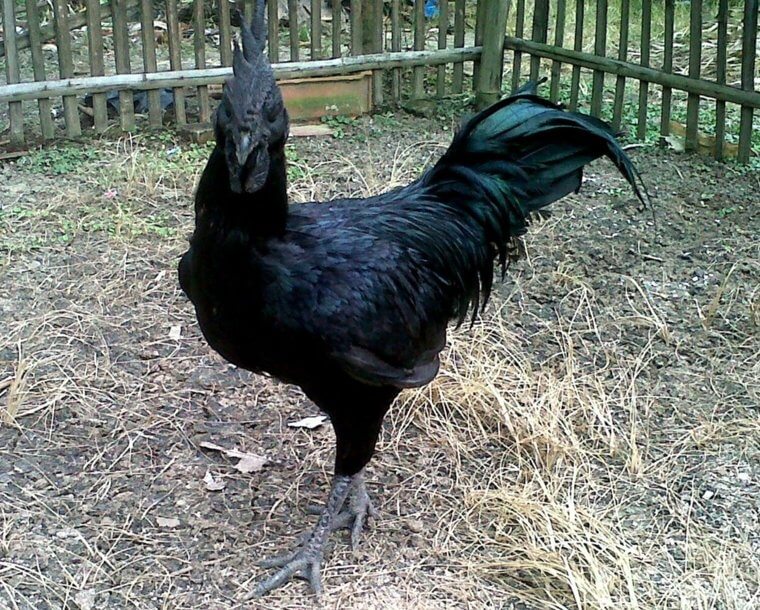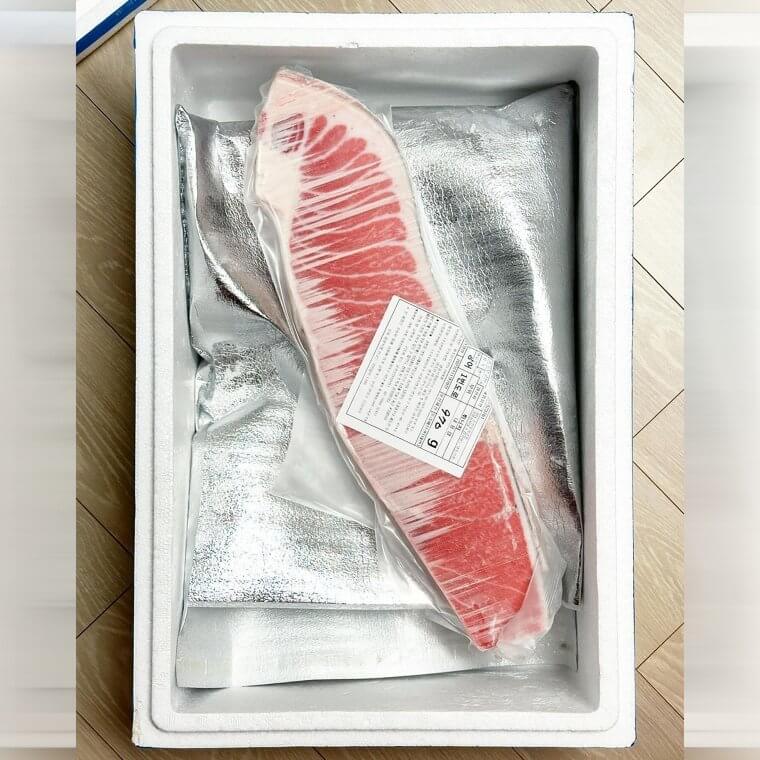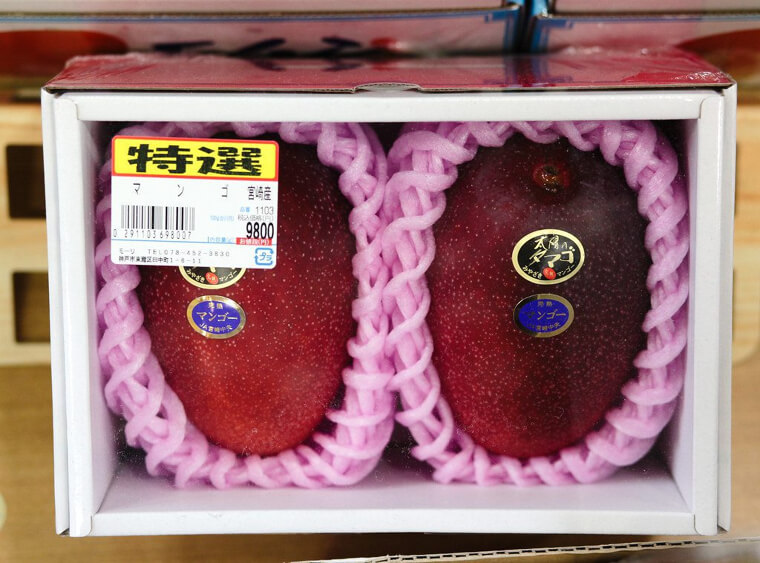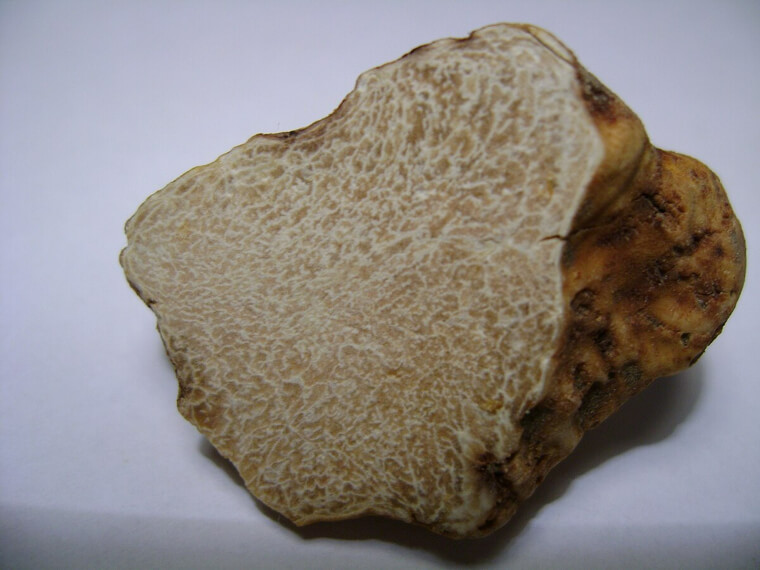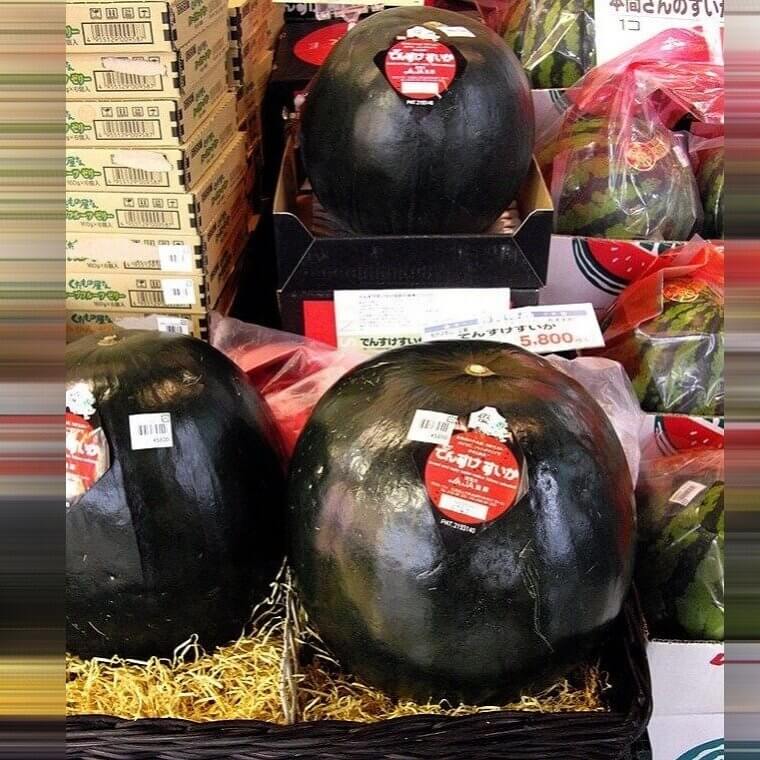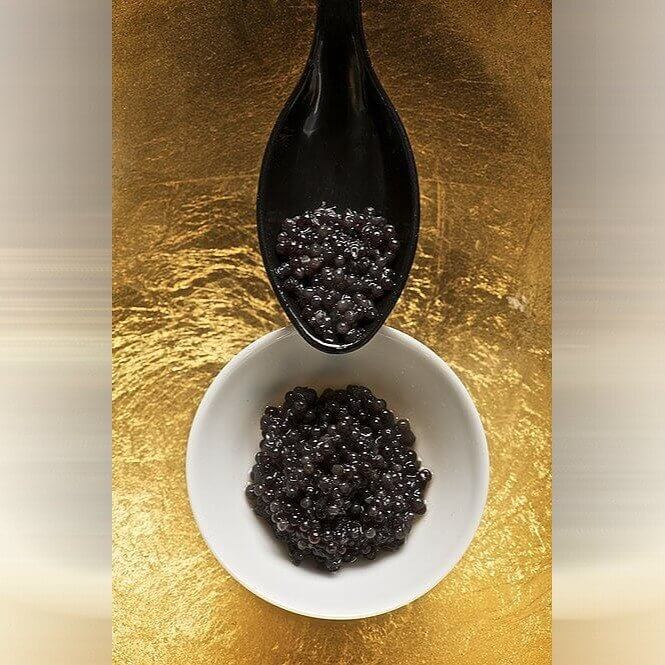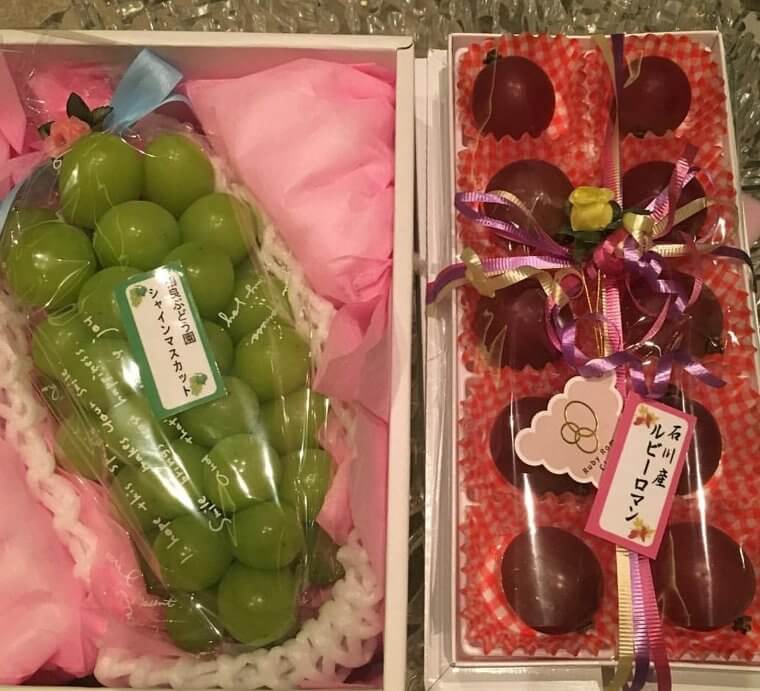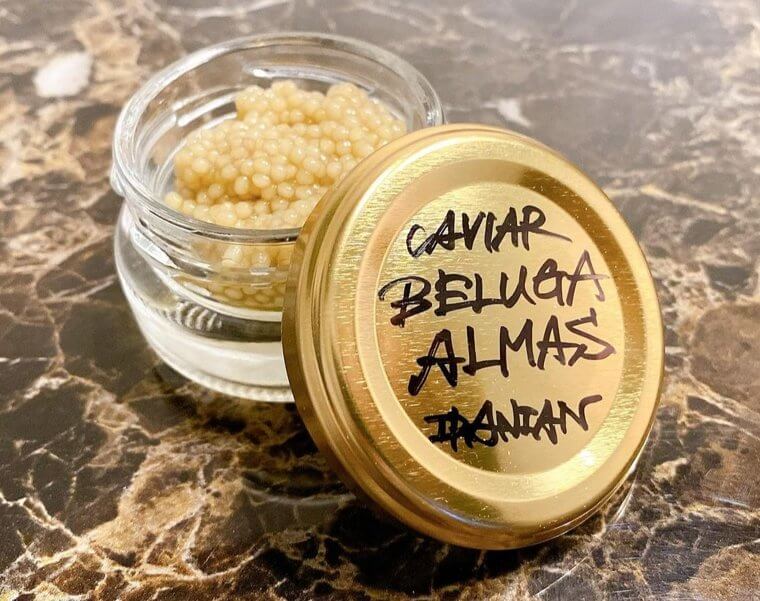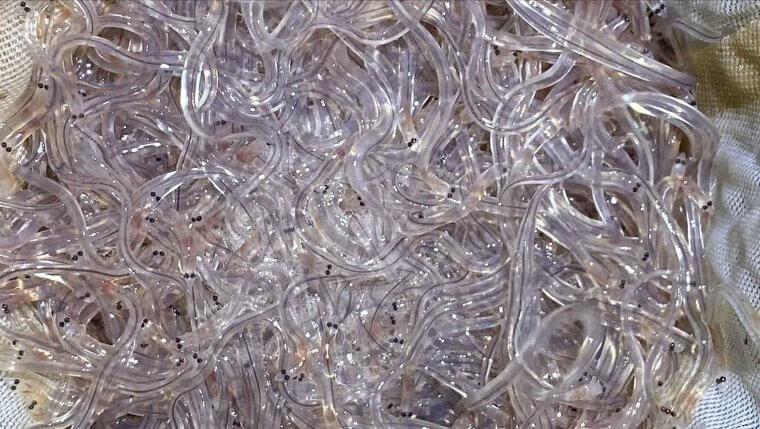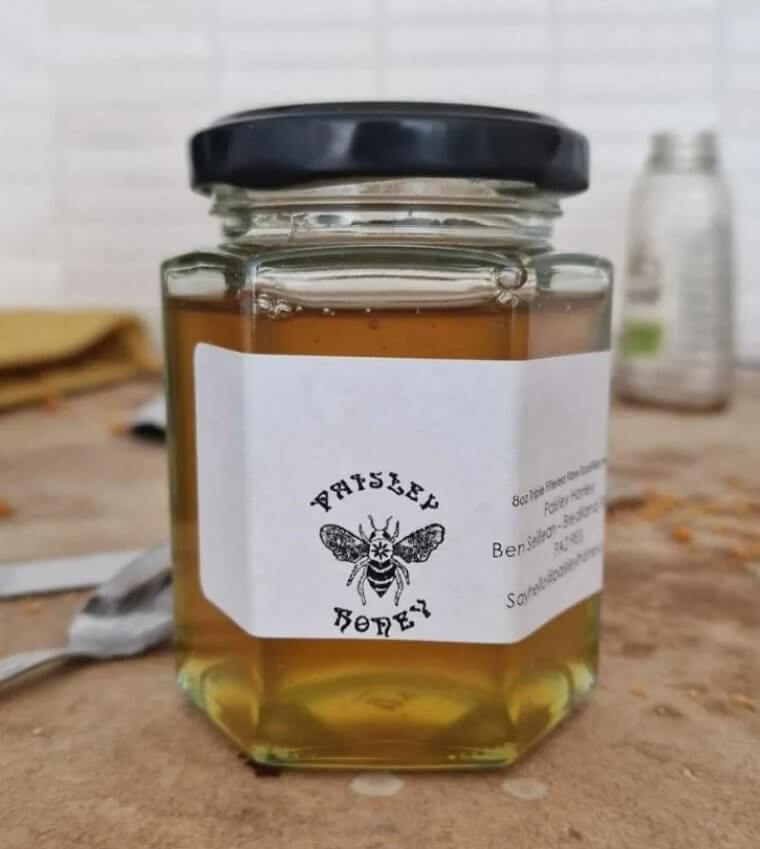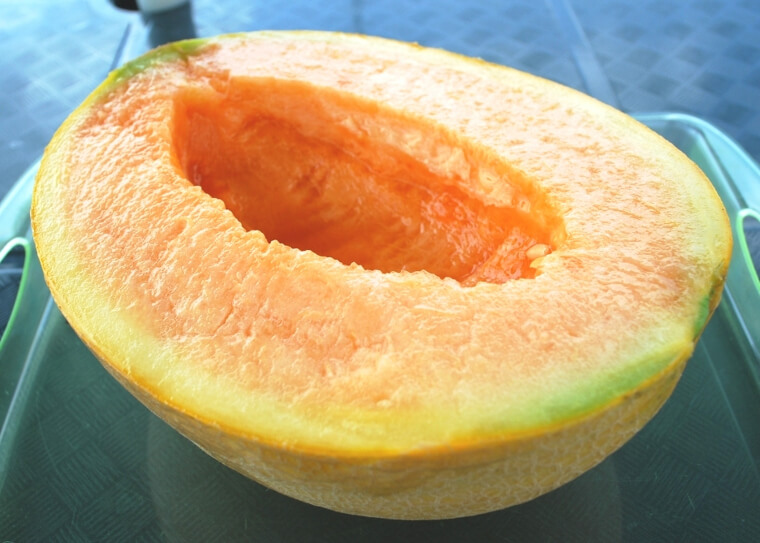Sekai Ichi Apples ($21 per Apple)
Japan is known for its ultra-expensive fruits, and this apple is a good example of that. Sekai Ichi apples can cost around $21 per apple. As you can probably tell from the photo, they're a bit larger than normal apples. Sekai Ichi apples were made by crossing both red and golden apples, but that's not the only thing that makes these apples special. They're supposedly washed using honey.
What that actually does for the apple itself is hard to say, but they do reportedly have a mild and sweet taste with a strong texture. Only those that are uniform are sold.
Da Hong Pao Tea (around $45 per Pound)
Like coffee, tea has long been considered somewhat of a ceremonial drink. Da hong pao tea is cultivated in a special region of Japan, and the trees are grown in mountainous soil. While you can buy the tea leaves for around $45 a pound, leaves from what was considered a mother tree sold at auction for an astonishing $21,700 once. However, we recommend sticking with the more common variety for its affordability.
The tea made from these tea leaves reportedly has notes of wood, which seems accurate given the type of soil the trees are grown in and the appearance of the leaves.
Iranian Pistachios (around $68 a Pound)
Yes, we included the common pistachio nut on our list, and if you're a fan, then you probably know why. They can be incredibly expensive, especially compared to other nuts. The reason for that is because of where most of the world's pistachios are grown: Iran. The trees also take more than ten years to start producing. Pistachio orchards in California have popped up in recent decades, but they're still not enough to meet demand and drive the price down.
The pistachios that come from Iran are also known for their quality, and maybe not surprisingly, pistachios are supposed to contain a lot of health benefits, including helping with gut health.
Oysters ($50 - $100 per Dozen)
If you live near an area that produces oysters, then you might balk at the price tag above. However, many people don't live near oyster-producing coasts, and this once-affordable mollusk has climbed in price in recent years. Things like storms, pollution, and rising sea levels have devastated oyster beds in some parts of the world, adding to the cost increase. Oyster connoisseurs insist that oysters from different regions have a distinct taste.
The way you choose to have your oyster prepared is also going to affect the price, with raw or fried oysters generally being cheaper than grilled oysters. There are also a ton of different ways to dress them.
Jamón Ibérico De Bellota ($50 per Pound)
Jamón Ibérico de Bellota is a famous type of ham found in Spain. The cuts come from Iberian pigs native to both Spain and Portugal and are usually extremely thin. The pigs' diet can consist of a few different things, but the most important thing they eat is acorns, which help them develop a good ratio of fat to muscle. It's also the reason the cuts contain their iconic white marbling.
Jamón Ibérico de Bellota reportedly has a savory, and maybe not surprisingly, slightly earthy and nutty taste. The thin slices are also supposed to practically melt in the mouth.
Mānuka Honey (up to $120 per Jar)
You've probably never heard of Mānuka honey unless you've lived in New Zealand or Australia. They say that this specific type of honey is slightly bitter but rich in flavor and not as thick as most other honey. It's also supposed to be healthier than other honey, which is already considered one of the healthiest foods you can consume. The price has soared in recent years as more people have heard about it.
One of the key differences between Mānuka honey and others is that this honey is made using pollen from only one type of flower, which has a relatively short blooming season.
Animal Farm Butter (around $60 per Pound)
This cultured butter is only made by a family-run creamery in a small town in Vermont, but it's caught the attention of chefs worldwide, including Michelin Star chef Thomas Keller. When the owner of the creamery decided to retire in recent years, an outside family stepped in and took over the business. The story was so big that it was covered by the New York Times. Today, you can purchase this cultured butter for around $60 per pound.
That is, if you can get your hands on it because it's usually sold out and quickly sent to chefs on six different continents. Reportedly, it has a very subtle, earthy, and nutty flavor to it.
Caciocavallo Podolico (around $63 a Pound)
Most of us know that certain cheeses can be pretty expensive. One of the most expensive is called caciocavallo podolico. This rare cheese has a really unique shape that makes it look more like a vegetable or root than a cheese. It's produced in the south of Italy using milk from a podolico cow. The cows have a very special diet that includes berries and juniper, among other delicious-sounding herbs and fruit.
The cow itself looks sort of similar to an ox, but the cheese made using its milk is considered some of the best in Italy and also the world.
Edible Gold (around $70 for a Couple Grams)
Edible gold might seem like the ultimate indulgence, but they're actually not as expensive as some of the other items on this list. You'll often see it paired with other luxury foods just to add a bit of extra extravagance to the meal. However, being that it's basically just gold leaf, it doesn't really add any flavor. It also doesn't have a metallic taste like you might imagine it would.
While it is real gold, the price is much cheaper than traditional gold because the weight is much less than you'd find in, say, a solid chunk of gold.
Extra Virgin Olive Oil (around $75 per 100ml Bottle)
You're probably aware that olive oil can be a bit pricey, but did you know that some brands can fetch as much as $75 per bottle? Extra virgin olive oil, considered the best kind of olive oil, is the most expensive, and among brands, Lambda, a Greek brand, can get pretty pricey. They make it by pressing uncooked olives from some of the oldest olive trees from around Greece.
They say that the older the olive tree, the better the olives it produces. If that's true, then there may be something to Lambda's claim that it's better than its competition.
Matcha Green Tea Powder ($80 per Pound)
Matcha has grown in popularity over the years, and while you've probably heard of it, you may not have known that it's basically just powdered green tea. The leaves are only harvested in certain areas, and they come from tea trees undergoing their first harvest. This is why Matcha powder can set you back around $80 per pound. The trees also need a very specific climate and soil type to grow.
Matcha is supposed to contain a couple of different health benefits, including tons of antioxidants, which help the immune system get rid of cancer cells. In addition, it's high in fiber.
Sembikiya Queen Strawberries ($85 per Package)
These ruby-red strawberries will have you happy to pay whatever your local grocery store is asking for their strawberries. Sembikiya queen strawberries cost around $85 for a pack of 12. They're prized for their taste and uniformity, and they can only be purchased from Japan's oldest fruit store for which they're named. The strawberry market is filled with different types of strawberries that all claim to be the best, but you really can't go wrong with these.
If you ever decide to purchase a package of these strawberries, you'll probably notice that they all look very similar to one another in size, shape, color, and taste.
Guisante Lágrima (from $100 - $300 a Pound)
Who would have thought that a humble pea would make this list? Well, this is no ordinary pea, and it's only grown in Spain's Basque region due to the plants' strict soil and climate requirements. Guisante lágrima has long been used by Spanish chefs but growing international attention has caused demand to increase, and with it, the price of these peas. Most of these peas are also still harvested by hand.
Without a doubt, "green caviar," as it's sometimes called, is the most expensive pea that money can buy, and if reviews are to be believed, it's well worth the high asking price.
Fugu ($135 a Pound)
You've probably never heard of fugu before, but you may have heard of pufferfish. Fugu is just the Japanese word for a local pufferfish that sells for around $135 a pound in special eateries in Japan. The reason for the high price tag is that the fish is extremely toxic, and it takes a lot of training by chefs in order to prepare the fish just right so as not to serve their guests their last meal.
They must also be certified, which is a very difficult and tight process to go through. Interestingly, if prepared right, some of the organs reportedly provide a slight numbing effect.
Geisha Coffee (around $145 per Pound)
Coffee has always been viewed as somewhat of a premium product, but Geisha coffee is considered by some to be the pinnacle of this ancient drink. The coffee beans originate from Ethiopia. It's considered to have a bit of a sweet taste, with flowery notes and undertones. Because it's only cultivated in one place and highly sought after, the asking price is extremely high, but coffee lovers say the price is well worth it.
The coffee beans are now grown both inside Ethiopia and in other places throughout the world, but it hasn't been quite enough to bring prices down. Hopefully, one day, this coffee will be affordable enough for anyone to try.
Wasabi (from $150 - $250 a Pound)
If you've ever had sushi before, then you've probably been served what the restaurant called "wasabi." However, real wasabi is extremely expensive and only actually served at the most expensive sushi spots. This spicy plant costs anywhere from $150 to $250 per pound. That's because it requires extremely specific temperatures to grow, as well as access to natural spring water, which makes it extremely rare and usually only grown in Japan.
Most of the stuff you see at sushi restaurants is actually just powdered horseradish and mustard. Real wasabi is also thought to have a lot of different health benefits.
Wagyu ($200 a Pound)
Wagyu has slowly become much more popular in recent decades, but that hasn't done much in the way of helping bring the price down. It's named wagyu after the special breed of cows the beef comes from, and it's considered by many to be the best cut of steak you can buy due to its unique marbling, taste, and texture. Thinly sliced cuts of steak are said to practically melt in your mouth.
It probably goes without saying, but this isn't a steak you'd want to order well done, and it's recommended that you leave the center as pink as possible so as to retain most of the flavor.
Kan Yao Durian ($200 per Fruit)
This is one of the few expensive fruits you'll see that doesn't hail from Japan. It's called a kan yao durian, and it's actually from Thailand. Supposedly, it's supposed to be very rich and flavorful. Some examples of this fruit have been sold to wealthy bidders for truly astronomical prices at auction, but you can generally get your hands on a piece for the low price of only $200 per piece.
This particular variety of durian is also known for its long stalk, and there are a couple of other varieties that are also highly sought after and kind of seen as status symbols.
Le Bonnotte Potatoes (around $225 per Pound)
In the world of luxury food, even the humble potato has a place. Well, that is if you're talking about le bonnotte potatoes. These potatoes are only grown on an island in the Bay of Biscay, and they're harvested only one day out of the year. They require sandy soil to grow in, and this is one potato that you actually don't want to peel. It's said that the skin contains most of the unique flavor.
Since they're only harvested one day out of the year, the price per pound can vary pretty substantially from season to season. It's said that they grow especially well when fertilized using seaweed.
Goose Barnacles (around $225 a Pound)
Like other types of seafood, the price of goose barnacles is going to depend on where you get them from. They're going to be cheaper the closer you are to the coast, but they can fetch a high price once you move further inland. These aren't the same barnacles you see on the side of ships, though, at least not usually. They're commonly found in the waters around the Iberian Peninsula.
You only actually eat the "neck" of the barnacle, and there are a couple of different ways to prepare them, including by boiling or grilling. They can also just be eaten raw.
Kopi Luwak (around $275 per Pound)
Kopi luwak is a type of coffee that undergoes a pretty unique process before it's consumed. They actually have to be eaten and digested by an Asian palm civet before they're consumed. And yes, that makes it basically exactly what it sounds like. However, those who've tried it have said that it has a uniquely rich flavor. The civet's digestion basically works to ferment the coffee beans. It's also one of the reasons these beans are so expensive.
Kopi Luwak has the distinction of being the most expensive coffee in the world. We'd probably also say it's probably one of the most unique processing methods in the world as well.
Aceto Balsamico Tradizionale Di Modena (around $200 an Ounce)
Aceto Balsamico Tradizionale di Modena is actually a specific brand of balsamic vinegar, and the type is considered a protected product of Italy. While prices can vary pretty widely, this specific brand costs around $200 an ounce, making it one of the most expensive food products in the world. It's aged for around 25 years, which is more than many wines. That said, there are a ton of different vinegars to choose from in Italy.
Reportedly, the more expensive and higher quality the vinegar, the darker in color it's going to be and the sweeter it's going to taste. It's somewhat similar to the way wine is priced and regarded.
Matsutake Mushrooms (around $275 per Pound)
The world of rare mushrooms is filled with different varieties that can fetch a pretty high price. However, matsutake mushrooms are among the most sought after. They only grow at the base of red pines, and these trees have been disappearing recently due to an invasive worm. That explains part of the reason these mushrooms are so expensive, but they're also prized for their flavor, which is said to be a bit sweet and earthy.
Because the trees they live under are slowly fading away and these mushrooms are so highly sought after, some fear they may not be around for too much longer.
Madagascar Vanilla ($300 a Pound)
Actual vanilla beans are pricey no matter where they come from, but those from Madagascar are particularly sought after and can set you back around $300 a pound. That's because the beans grown in Madagascar have more of the compound responsible for the vanilla flavor than other varieties. Unlike other varieties, Madagascar vanilla has to be pollinated by people rather than bees, which is the case in other places.
Interestingly, not only does Madagascar produce the highest quality vanilla in the world, but it also produces much more vanilla than any other country. Still, the price of Madagascar vanilla remains high.
Hop Shoots (around $360 per Pound)
You're probably familiar with the term hops if you drink beer. It's one of the main ingredients used to make the drink. However, the not-quite-ripe green shoots of the hop plant can also be eaten, and their growing popularity has made them more expensive in recent years. They also have many medicinal purposes, and they're said to help with sleep disorders, anxiety, and tension. The flavor is said to be similar to asparagus.
However, they demand a much higher price, in part due to the health benefits but also due to the labor-intensive task of harvesting them, which has to be done by hand.
Pule Cheese (around $450 per Pound)
Pule cheese is made using around 25 liters of milk from special Balkan donkeys. Not only that, but only some 100 donkeys are actually milked and used to produce this rare cheese. Reportedly, the cheese has a very strong flavor and a somewhat chalky texture. It's supposed to be a bit sour but balanced and creamy. Not only is it one of the most expensive cheeses in the world, but it's also one of the rarest.
Since there are so few people who produce it, as well as so few donkeys, the price can vary pretty substantially. It's aged for at least seven months, but sometimes more.
Moose Cheese (around $550 per Pound)
Milking a moose isn't the thought that goes through most people's minds when they first see one, but whoever was the first to do it must've had a high business IQ. Moose cheese can retail for around $550 a pound. Because moose only produce milk for a short period of time, the cheese produced from the milk is very expensive. We're also guessing difficulty factors into the high price.
The cheese is only made in one place in the world, and it's a farm in Sweden, although others are reportedly in the process of opening in other parts of the world.
Heligan Pineapple ($1,200 per Pineapple)
The U.K. is probably the last place you'd think of when you think of the world's most expensive pineapple, but that's exactly where Heligan Pineapples are grown. It can take around two to three years just for a single pineapple to mature, which partly explains the high price. The site they're grown at today was once used to grow pineapples during the Victorian era, though the new growers had to rediscover the techniques used back then.
Among the first of the pineapples produced here were given to the late Queen Elizabeth II in 1997 as a gift on her wedding anniversary. They're said to lack the stringiness of some other pineapples.
Saffron (anywhere From $500 - $2000 a Pound)
Among some of the most expensive spices in the world, saffron stands out for its price and the painstaking way it's harvested. The spice is actually harvested from the stigma of saffron flowers, and each flower produces very few strands. Despite mainly being grown and harvested in Iran, saffron has a long history of being used in different regional cuisines, including India. Around 75,000 flowers are needed to make just a single pound of saffron.
Not only that, but everything must be harvested by hand. The process is intensive, but the vast fields of flowers needed to make saffron are a sight to behold.
Horse Chestnut Oil (around $1,400 per 1,000ml)
Regular chestnuts usually won't break the bank, but the oil harvested from horse chestnuts fetch quite a lot of money. That's because it's said to contain all kinds of skin benefits. Anything that's considered good for the skin is going to be pricey. Among horse chestnuts, those grown in Morocco are thought to be the best. Interestingly, these chestnuts are toxic if eaten when they're raw and can even cause death.
The oil can also be used for cooking and is sometimes used as a sort of dressing or sauce. Because of the price, the oil is sometimes called "liquid gold."
Ethical Foie Gras (around $1,500 per Pound)
Foie gras has long been considered a delicacy in France, and it has never been cheap. However, recent concerns around the way it's produced have led to some producers introducing ethical foie gras that can fetch an even higher price. Foie gras is made from the livers of ducks and geese, and producers used to force-feed the animals in order to fatten up their livers and make more money.
While the food is mainly connected to France today, the ancient Egyptians were the first to figure out how to make foie gras, and humans have been consuming it ever since.
Black Périgord Truffle ($1,700 per Pound)
With a name like the black Périgord truffle, you know it's going to be expensive. These are only found in France's Périgord region and only near oak and hazelnut trees. The season is also very short and only lasts a couple of months. They're said to have a slightly sweet and savory taste with earthy hints. The complex flavor is supported by further undertones of pepper and hazelnut, among other natural elements.
Because of their price, finding a large truffle is like striking gold, and they're generally not eaten whole. They've even earned the nickname "the black diamond" for how sought after they are.
Swiftlet Nests (around $1,800 per Pound)
Swiftlet nests are a food that is primarily consumed in Asia, and the practice around harvesting has drawn concern in recent years. They contain a lot of protein and are said to be rich in flavor, but they're also eaten for the medicinal properties some claim they contain. The nests are made by cave swiftlets, basically using their hardened saliva. However, demand has caused over-harvesting in recent years.
There have been efforts by the Chinese government and others to crack down on overharvesting, but that hasn't stopped some from going after them anyway. The nests are a common ingredient in bird nest soup.
Ayam Cemani Chicken ($2,500 per Chicken)
This unique chicken is regarded as having almost mystical properties in Indonesia, where it's found. They can fetch around $2,500 for a chicken, and the same genes that give the bird its black feathers also make its bones, organs, and meat black. Scientifically, the meat has been found to be somewhat healthier than white meat from traditional chickens, but to what extent is still being studied. These chickens are free-range and aren't raised in huge facilities.
Due to the high price of each one, the birds are well taken care of. The blood from these chickens is highly prized, but unlike the rest of its body, the blood is red.
Pacific Bluefin Tuna (around $3,600 - $5,000 per Pound)
You've probably heard of bluefin tuna before, and you probably know how expensive they can be. These extremely muscular and quick fish are perfect examples of evolution at work. Nearly every aspect of their bodies is shaped in a way that allows the fish to power through the water at incredible speeds. That's also part of the reason they're so tasty. The better the marbling of the meat, the more sought after it is.
We listed the typical price for a bluefin tuna, but in Japan, which is said to have the best, these fish can and do often fetch millions at auctions.
Taiyo No Tamago Mango (two for $4,000)
Japanese growers invest an intense amount of labor and time into these melons in order to get the best possible product. Every stage of the growing process is monitored, and they even place something around them to soften their fall once they're ripe enough to fall from the tree. It's thought that doing so is the best way to allow the melons to reach maturity. Unlike other varieties, there's no stringy texture with these mangos.
People who've tried them also say that they have a good balance of sweetness and sourness. However, at $4,000 for a pair, that list of people is pretty exclusive.
Tartufo Bianco D’Alba (around $6,000 per Pound)
Tartufo bianco d’Alba is a truffle found in Italy's Piedmont region. Their price means they're reserved for only the most luxurious of meals. They reportedly have a very hint of earth and garlic while also being slightly sweet. They also need very specific soil to grow. These truffles are sometimes grated and put over pasta to give the pasta a distinct taste, unlike anything else, if you can afford it.
They may look like a simple root or vegetable on the outside, but these are some of the most expensive and rarest truffles in the world, sometimes referred to as a Piedmont white truffle.
Densuke Watermelon ($6,000)
This is probably the most unique watermelon you've ever seen, and it fetches a pretty unique price. These watermelons are only grown in a specific area of Japan and are prized for their unique flavor. They're said to be crisp and firm, but we're unsure just how much crisper and firmer they are than regular watermelons. These are also said to contain fewer seeds than regular watermelons. Despite their black color, they look similar to other watermelons on the inside.
While the main price factor is just how hard they are to find, these melons are said to be much sweeter than typical varieties. But we'll let you decide if they're sweet enough to warrant the price tag.
Beluga Caviar (around $3,200 - $10,000)
A list like this just wouldn't be complete without some type of caviar. Despite its name, beluga caviar isn't actually harvested from beluga whales. Instead, it's harvested from beluga sturgeons found in the Caspian Sea. These sturgeon produce fewer eggs than other types of sturgeon, and they take around 20 to 25 years to mature and reach the point where they can actually produce eggs. Those who've had it rave about the taste.
They said it's incredibly smooth and rich in flavor, which is a bit buttery and salty. Most types of sturgeon are endangered, and the beluga sturgeon is no different, meaning it's illegal to import into the U.S. and other places.
Ruby Roman Grapes (around $10,000)
Like many other expensive fruits, ruby Roman grapes are only grown in Japan. The price can vary, but there have been some that have sold for as much as $10,000 a bunch. They are said to taste similar to grapes used in winemaking, and unlike normal varieties, these grapes are huge. Much of the price has to do with all of the care and work that's put into each collection of grapes.
Demand is also high, which drives up the price. Reportedly, they're very sweet and juicy, but that's still an extravagant amount of money to spend on some grapes.
Almas Caviar (around $14,000 per Pound)
Almas caviar is among the most expensive in the world, and it's incredibly rare. It's harvested from beluga sturgeon, but only albino sturgeon that are exclusively found in the southern areas of the Caspian Sea. Unlike eggs from other beluga sturgeon, these are yellow and not gray or black. Reports indicate a similar taste to other caviar harvested from beluga sturgeon, so it may just be the rarity that drives the price here.
Whatever the reason, this caviar does often come in small gold tins, so we guess you recoup a bit of your money when you invest in Almas caviar.
Glass Eels (around $16,000 per Pound)
Glass eels are exactly what they sound like: a type of clear, glass-like eel that's found in Japan. It's said that mastering how to cook these eels can take a chef years, which makes sense considering the price tag associated with the delicacy. Glass eels are among the few seafood items more expensive than bluefin tuna in Japan. Many of these eels are actually grown on farms and not fished for.
A big reason for the high price simply boils down to supply and demand. Glass eels are prized all over Asia and there simply aren't enough to properly meet demand.
Peri Bali (Elvish) Honey (around $20,500 per Pound)
There are all types of honey, and many of them can command excessive amounts of money. This honey from a brand called Elvish is only harvested in Turkey and only from the walls of a cliff. In 2009, a beekeeper had to hire professional climbers to help him harvest around nine pounds of honey, which probably set him back a bit. However, considering how much a bottle can fetch, we're sure he made his money back.
The harvesting process only takes place once a year, and it's said that the honey is incredibly rich and even a bit bitter. It's extremely sought after by those who have a taste for the very best.
Yubari King Melon ($27,000)
The price listed above is the amount a Yubari King Melon sold for at auction in 2017. The melons are only grown in volcanic soil and are said to be extremely sweet. There are also different grades that correlate to things like uniformity, sweetness, etc. Once again, this is a melon that's only grown in a specific area of Japan, which has been a recurring theme on this list.
It's said that the inside of this melon is not fibrous like some other varieties and that it practically melts in your mouth, and for a price like that, it better.
Zengcheng Hanging Green Lychee ($67,000)
The zengcheng hanging green lychee looks like it came out of a Dr. Seuss book. The fruit is only found in China, and it's produced by a rare tree called the Xiyuangualu tree. Reportedly, the fruit that fetched the record price came from a tree that was 400 years old and only produces a couple of zengcheng hanging green lychees every year. Because of their rarity, they're sold by fruit and not by weight.
These fruits are said to be very crisp yet also delicate. As you might expect, there's a fascinating history and tons of stories surrounding this prestigious fruit in China.
